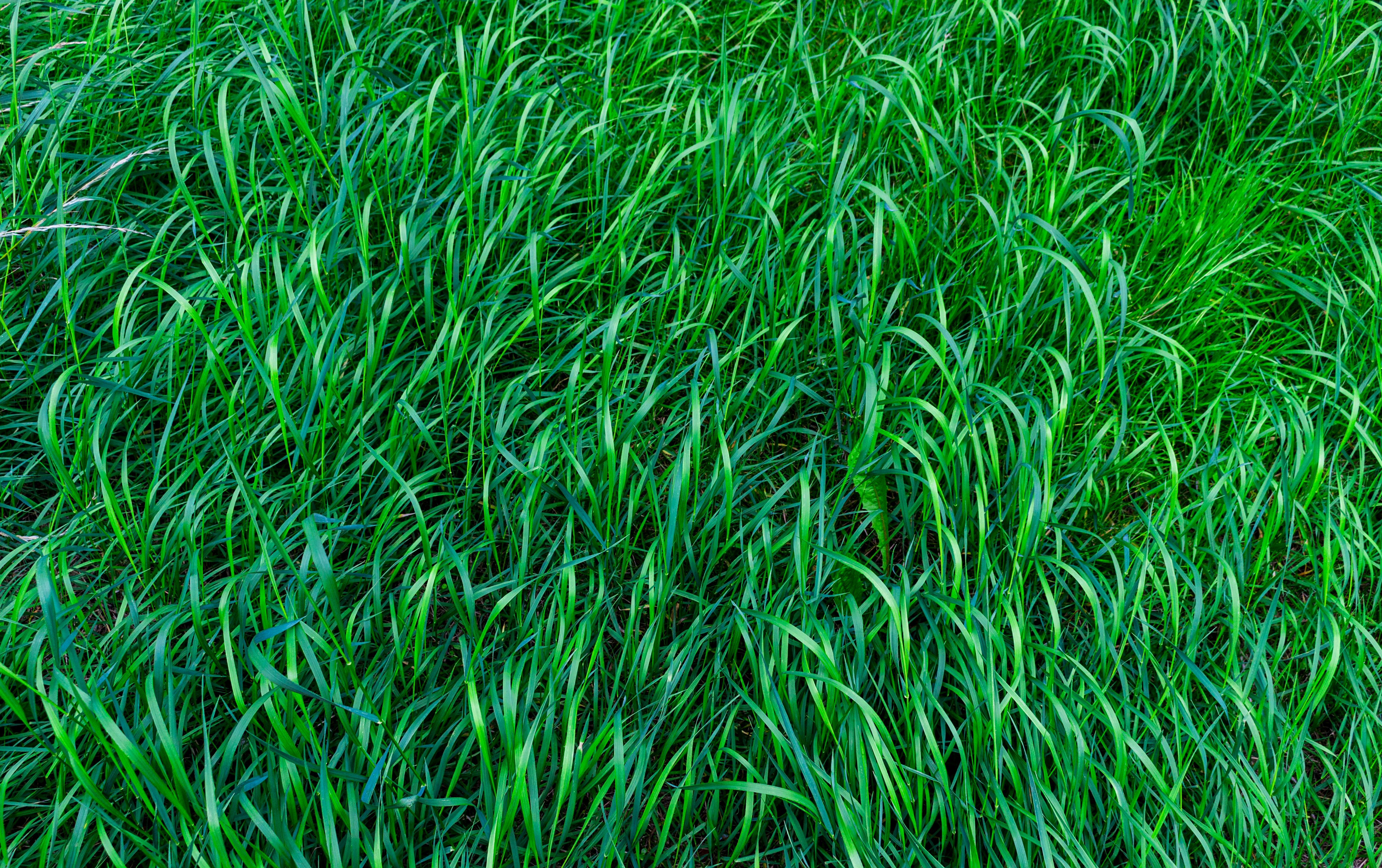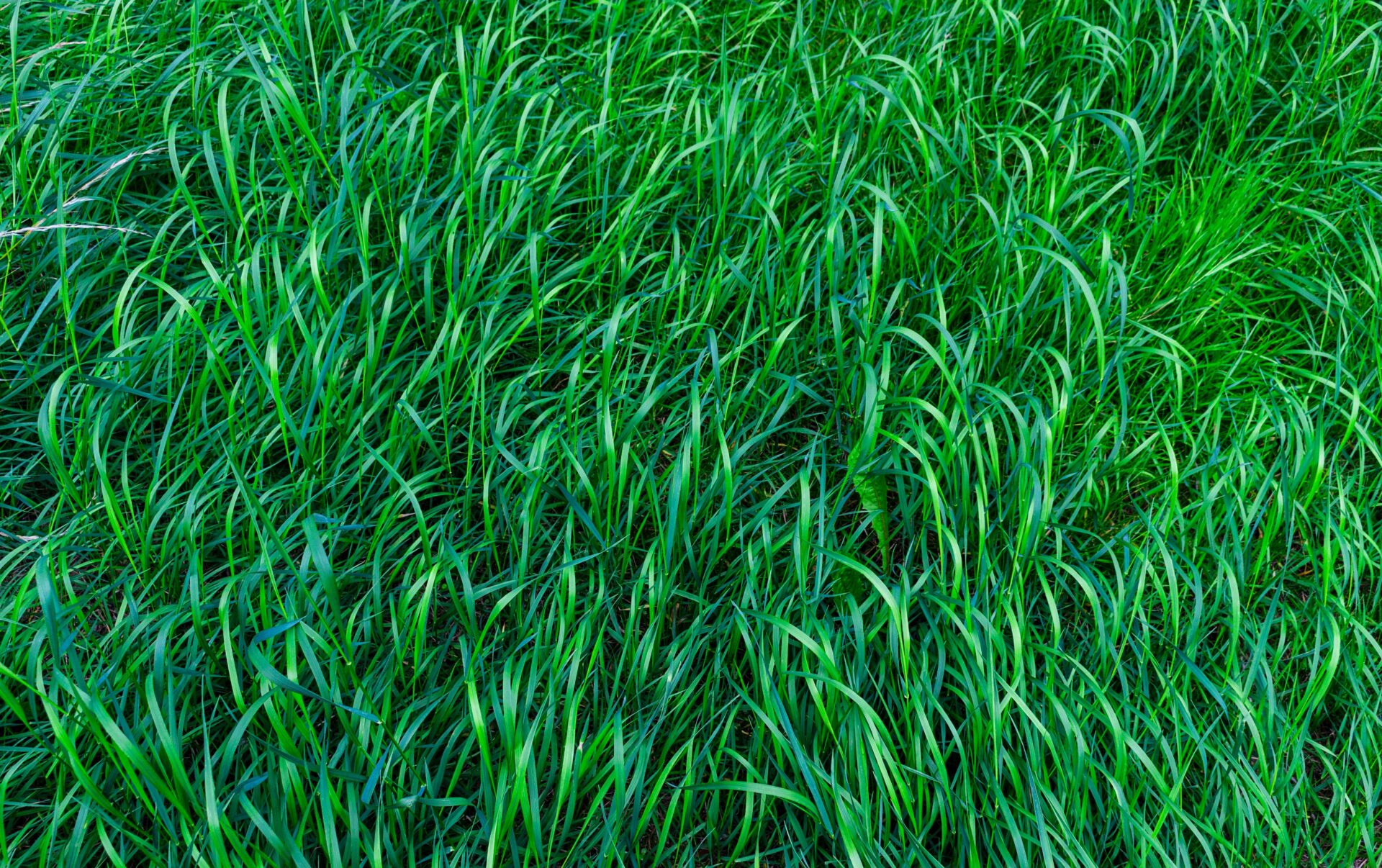Strawberries are a popular fruit for many people, and growing your own can be a rewarding experience. But how long do strawberry plants last? This article will provide an overview of the lifespan of strawberry plants, as well as tips for extending the life of your plants. We’ll discuss factors such as soil type, sunlight, water, and temperature that can influence the longevity of a strawberry plant. We’ll also look at common problems that can arise with strawberry plants and how to address them. Finally, we’ll provide some ideas on how to harvest your strawberries safely and enjoy them for as long as possible.Strawberry plants typically live for two to three years. However, in some cases, they may live up to five or six years.
Climate
The climate in which a strawberry plant is grown plays a major role in its longevity. Ideal temperatures for strawberry plants are between 55 and 75 degrees Fahrenheit. If temperatures drop too low, the plants may fail to produce fruit or even die. If temperatures become too hot, the plants may suffer from heat stress and die prematurely. Additionally, too much or too little precipitation can affect the health of strawberry plants and reduce their lifespan.
Soil Quality
The quality of soil in which a strawberry plant is grown is also important for its longevity. Strawberry plants need soil that drains well and is rich in organic matter such as compost or manure. Poor-draining soils can cause waterlogging, leading to root rot and other diseases that can reduce the plant’s lifespan. Additionally, soils with low organic matter content may not provide enough nutrients to support healthy growth of the plant.
Fertilizer
Using an appropriate fertilizer is essential for maintaining healthy strawberry plants and ensuring they last as long as possible. Over-fertilizing can cause nutrient burn, leading to stunted growth or even death of the plant. On the other hand, under-fertilizing can lead to nutrient deficiencies that limit growth and decrease yield of fruit produced by the plant.
Pests & Diseases
Pests and diseases can have a significant impact on strawberry plant longevity. Common pests such as aphids, mites, slugs, and snails feed on foliage or fruit of strawberry plants, reducing their vigor over time if left unchecked. Diseases such as leaf spot or powdery mildew can also reduce the lifespan of strawberry plants if not treated promptly with fungicides or other methods of control.
Ideal Environmental Conditions for Growing Strawberries
Strawberries are a popular and delicious fruit that can be grown in a variety of climates and conditions. In order to ensure the best yield and quality of fruit, it is important to provide ideal environmental conditions for growing strawberries.
The ideal temperature range for growing strawberries is between 18-23°C (64-73°F). If temperatures exceed this range, the growth of the plant may be stunted or the fruits may become deformed. Temperatures below 15°C (59°F) can also cause damage to the flowers and fruits.
Strawberries require plenty of sunlight in order to produce an abundance of sweet, juicy fruits. They should receive at least 6-8 hours of direct sunlight each day. If they are not provided with enough light, the plants may become spindly and weak, and yields will be reduced.
When it comes to watering, strawberries need about 2-3 inches per week in order to thrive. Too much water can cause waterlogging which can lead to root rot and other diseases. It is also important to make sure that the soil is well drained so that excess water can easily drain away from the roots.
Strawberries need nutrient-rich soil in order to grow properly and produce large yields of sweet fruit. The soil should have a pH between 5.5 and 6.5 which will help ensure healthy growth and good yields. Adding compost or manure to the soil before planting can help provide essential nutrients for your strawberry plants.
Overall, providing ideal environmental conditions for growing strawberries is essential for achieving healthy plants that produce sweet, juicy fruits in abundance. The key is maintaining an optimal temperature range, providing plenty of sunlight, watering regularly but not excessively, and ensuring nutrient-rich soil with a pH balance between 5.5 – 6.5 . With these conditions met, you will be rewarded with delicious strawberries all summer long!
Soil and Fertilizer
Strawberry plants need soil with a pH of 5.5 to 6.5 for optimal growth. For best results, mix in compost or aged manure to provide organic matter and essential nutrients to the soil. Fertilize strawberry plants with a balanced fertilizer once per month during the growing season, making sure not to over-fertilize as this can cause excessive leaf growth at the expense of flowering and fruiting.
Watering
Regular watering is essential for strawberry plants, especially during dry spells or periods of high heat. Water deeply once every week or two, taking care not to overwater as this can lead to root rot and other fungal diseases. If the soil feels dry 1 inch below the surface, it is time to water again.
Mulching
Mulch is important for retaining moisture in the soil and suppressing weeds that can compete with strawberry plant roots for nutrients and water. Apply a 3-inch layer of straw mulch around each plant after planting, taking care not to cover any stems or leaves.
Pruning
At the end of each growing season, pruning strawberry plants is important for controlling diseases and promoting healthy new growth in spring. Cut away dead foliage along with any runners that have grown out from the base of the plant.
Weeding
Keep weeds pulled from around strawberry plants throughout growing season as they compete with roots for water and nutrients. Hand-pulling weeds is best but hoeing between rows will also help keep them under control.
Pruning for a Long-Lived Strawberry Plant
Pruning is an important part of keeping a healthy, long-lived strawberry plant. Proper pruning will help ensure the plant has plenty of room to grow and produce abundant fruits for many years. Pruning should be done in late winter or early spring, when the plant is dormant. Begin by removing any dead or damaged canes. These canes will not produce fruit and can harbor disease, so it is best to remove them early. Next, prune back any overly vigorous shoots that are growing away from the crown of the plant. These shoots take energy away from the production of fruit and should be removed to encourage better yields. Finally, thin out any overcrowded areas of the plant to allow more air circulation and sunlight penetration. Pruning may seem like a daunting task, but with regular maintenance it can help keep your strawberry plant healthy and productive for many years to come!

Planting Strawberries for Maximum Lifespan
Strawberries are a popular fruit that can be grown in many climates. With the right care, they can last for years. Planting strawberries correctly can help ensure a healthy, long-lasting crop. Here are some tips for planting strawberries for maximum lifespan:
Choose the right variety – Different varieties of strawberries have different lifespans. Some varieties are more suited to certain climates and soils than others, so it is important to choose the right strawberry variety for your area.
Choose the right location – Strawberries should be planted in an area with full sun and well-drained soil. The soil should be slightly acidic (pH 5.5-6.5). If you’re planting in containers, make sure they are large enough to accommodate the root systems of your strawberry plants.
Prepare the soil – Before planting, it is important to prepare the soil by adding plenty of organic matter such as compost or manure. This will help improve drainage and provide essential nutrients for your plants.
Plant in rows – For maximum productivity, it is best to plant strawberries in rows rather than scattered throughout your garden bed or container. This will help ensure good air circulation, which will help keep your plants healthy and disease free.
Water regularly – Strawberries need regular watering during their growing season, especially during dry spells. Make sure you water deeply once or twice a week so that the soil is moist but not soggy.
Fertilize regularly – Fertilizing your strawberry plants with a balanced fertilizer will help keep them healthy and productive over time. Apply fertilizer every 4-6 weeks during their growing season according to package directions or as recommended by your local nursery or garden center professional.
Mulch – Mulching around your strawberry plants helps keep weeds at bay and also helps retain moisture in the soil during hot summer months when water may evaporate quickly from bare soil surfaces. Use organic materials such as wood chips or straw for mulch rather than plastic sheets which can trap too much heat around plants roots and lead to root stress or death of the plant itself.<
Control Diseases to Prolong Strawberry Plant Longevity
Strawberry plants are a popular fruit-bearing plant amongst gardeners, both for their delicious taste and attractive appearance. Although they are relatively easy to cultivate, strawberry plants require careful attention to ensure optimal growth and health. In particular, controlling diseases is essential for prolonging the longevity of strawberry plants.
One of the most common diseases that affect strawberries is gray mold or botrytis cinerea. This fungus spreads rapidly between plants in wet conditions and can cause significant damage to the fruit and leaves of affected plants. To prevent the spread of gray mold, gardeners should regularly inspect their strawberry plants for signs of infection and dispose of any infected fruits or leaves immediately. Additionally, providing adequate air circulation between plants can help reduce the risk of gray mold infections.
Fusarium wilt is another disease that can affect strawberry plants if left untreated. This fungal disease affects the plant’s vascular system, leading to stunted growth, wilting leaves, and eventual death if not managed properly. To reduce the risk of fusarium wilt, gardeners should avoid planting susceptible varieties in areas with poor drainage or high humidity levels. Additionally, ensuring that surrounding mulch does not touch the stems or crowns of strawberry plants can help reduce its spread.
Finally, verticillium wilt is another fungal disease that can affect strawberry plants if left unchecked. This disease causes yellowing leaves and wilting stems before eventually leading to plant death. To prevent this disease from spreading amongst strawberry crops, gardeners should avoid planting susceptible varieties in areas with poor drainage or high humidity levels. Additionally, regular applications of fungicides may be necessary to keep verticillium wilt under control.
In conclusion, controlling diseases is essential for prolonging the longevity of strawberry plants. Gardeners should regularly inspect their strawberry crops for signs of infection and dispose of any infected fruits or leaves immediately. Additionally, providing adequate air circulation between plants can help reduce the risk of gray mold infections while regular applications of fungicides may be necessary to keep other fungal illnesses under control.
Harvesting Strawberries to Enhance Lifespan
Harvesting strawberries is a great way to improve your health and enhance your lifespan. Strawberries are packed with antioxidants, vitamins, and minerals that can help protect the body from damage caused by free radicals. Additionally, strawberries are loaded with fiber, which has been shown to reduce the risk of heart disease and obesity. Studies have also shown that eating strawberries can reduce inflammation in the body, which can help improve overall health as well as prevent age-related diseases.
In order to get the most out of harvesting strawberries, it is important to pick them when they are ripe. Ripe strawberries will be red all over and will have a sweet smell. If you pick them too early or too late, they won’t have as much flavor or nutritional value. It’s also important to pick them carefully so that you don’t damage the plant or leave any green berries on the vine.
Once you’ve harvested your strawberries, it’s important to store them properly in order to maximize their nutritional value. It’s best to store them in a sealed container in the refrigerator for up to a week. You can also freeze them for up to two months if you want to keep them longer. When you’re ready to enjoy your strawberries, be sure to wash them thoroughly before consuming them in order to avoid any bacteria or contaminants that could be present on the skin.
Eating plenty of fresh strawberries is one of the best ways to maintain good health and enhance your lifespan. Not only are they packed with beneficial nutrients, but they are also delicious and easy to incorporate into any diet plan. So if you’re looking for an easy way to get more antioxidants into your diet, try harvesting some fresh strawberries today!

Conclusion
Strawberry plants can last for several years if they are properly cared for. They should be planted in a sunny location, in well-draining soil, and protected from extreme temperatures. Strawberries should also be watered regularly, and their soil should be fertilized each year. Additionally, strawberry plants need to be pruned regularly to ensure that the plant is kept healthy and productive. Keeping these few simple tips in mind can help you grow delicious strawberries for many years.
Ultimately, strawberry plants can last for many years when they are properly cared for. Knowing how to care for your strawberry plants is the key to long-term success. With the proper maintenance and a little bit of patience, you can enjoy fresh strawberries from your own garden for many years to come.



